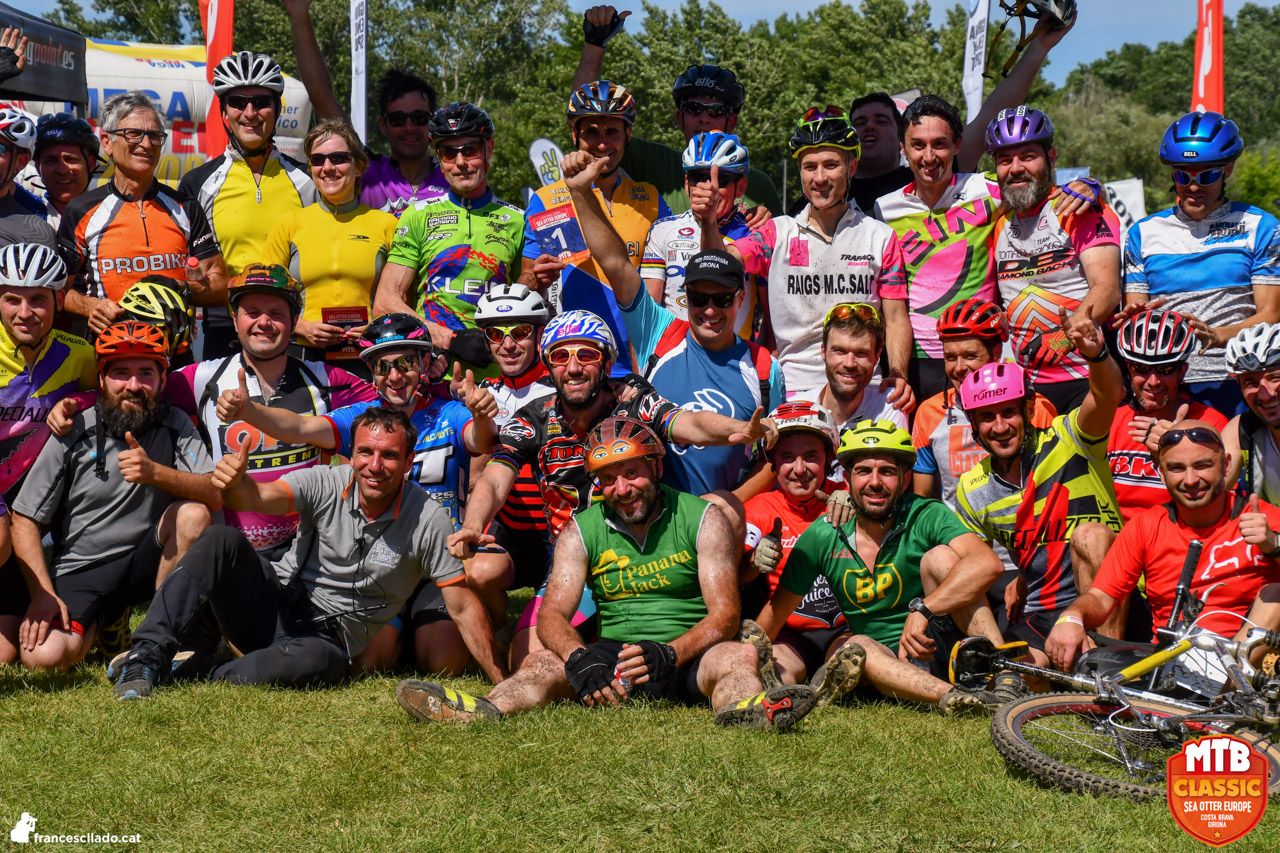The world of classic bicycles is very peculiar, filled with devoted and enthusiastic riders of models that contributed towards shaping the current identity of the mountain bike. If there is one thing that has completely changed in BTT, it’s the materials that are used, which turn looking at bicycles from the past into a journey back in time to the early days of the sport, which is nowadays a sport for the masses.
Like with other collecting hobbies, discovering the rarest material in the best condition is the main goal. Many of the bikers that started out riding steel bikes, 26” wheels or bikes with cantilever brakes guard their bicycles from the time like treasure. The Internet has helped to spread the fever for classic bikes and increasingly more people are hooked, with an extensive and very active market of retro and vintage models.
Ever since the first edition, Sea Otter Europe has been committed to becoming a meeting place for these types of distinctive bikes. What started out as an unusual initiative has become a reference point around the world, as well as a unique show. 50 bikers donned cycling gear from the ‘90s and pedalled along the XC circuit of the Super Cup Massi on models that date back more than 25 years.
At the starting line, the riders and their bicycles could be seen in all their regalia, as if it were some kind of fashion show. The emblematic Klein Attitude was one of the most prevalent and most striking models. However, their magnificent design and concepts such as the joined handlebar and stem (which is now fashionable once again) make them an object of desire and a reference point for classic bikes.
We were also able to see models from the time when carbon started to make a name for itself on the market, such as the Scott Endorphin, which Jose Antonio Hermida rode in his early days. There were a good deal of models with elevated chainstays, such as the Alpinestars of the time. The famous, striking carbon fibre wheels could also be spotted, with Spinergy being the most well-known model, and an occasional appearance from the Spin – another concept that has been revived and that can once again be seen, albeit revamped.
Titanium, aluminium, steel, carbon… It was a time of great experimentation and evolution and there were an array of models to choose from. Needless to say, what was constant was the size of the 26” wheels and the use of narrow tires and chambers with the kind of pressure that is unfeasible these days. There was no other way to avoid punctures. Triple chainsets and cantilever brakes were the most common, and many would find it difficult to complete any present day trail with one of these bicycles and their handlebars measuring just over 50 cm.
The race was a vibrant party with an essential dose of competition. Joan Llordella was the fastest on a day in which the colourful, great atmosphere was the overwhelming winner.
Nevertheless, Sea Otter Europe’s commitment to classic bikes didn’t end there. An entire museum could be seen across all the days with more than 20 exceptionally maintained models, which rounded off what was on offer for these types of visitors. In doing so, Sea Otter Europe has become a place of pilgrimage for fans of classic bicycles. An event in which you can see the latest innovation on the market alongside the models with which mountain biking began.







